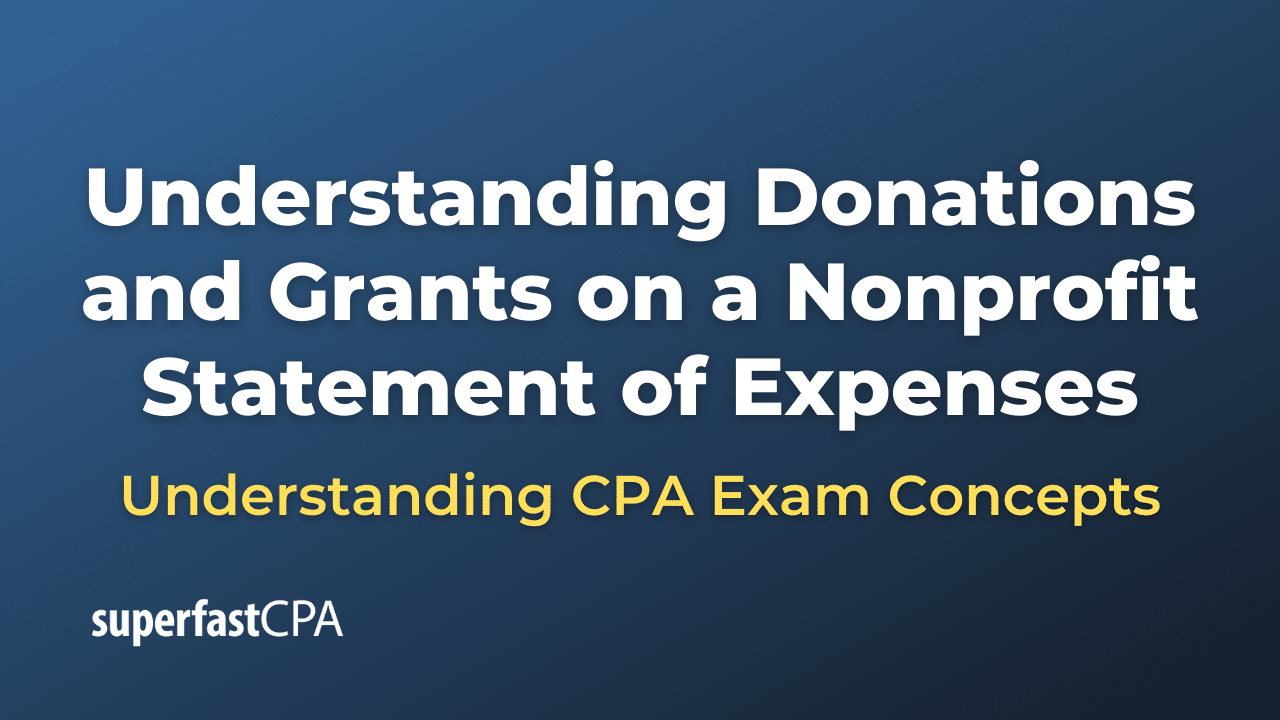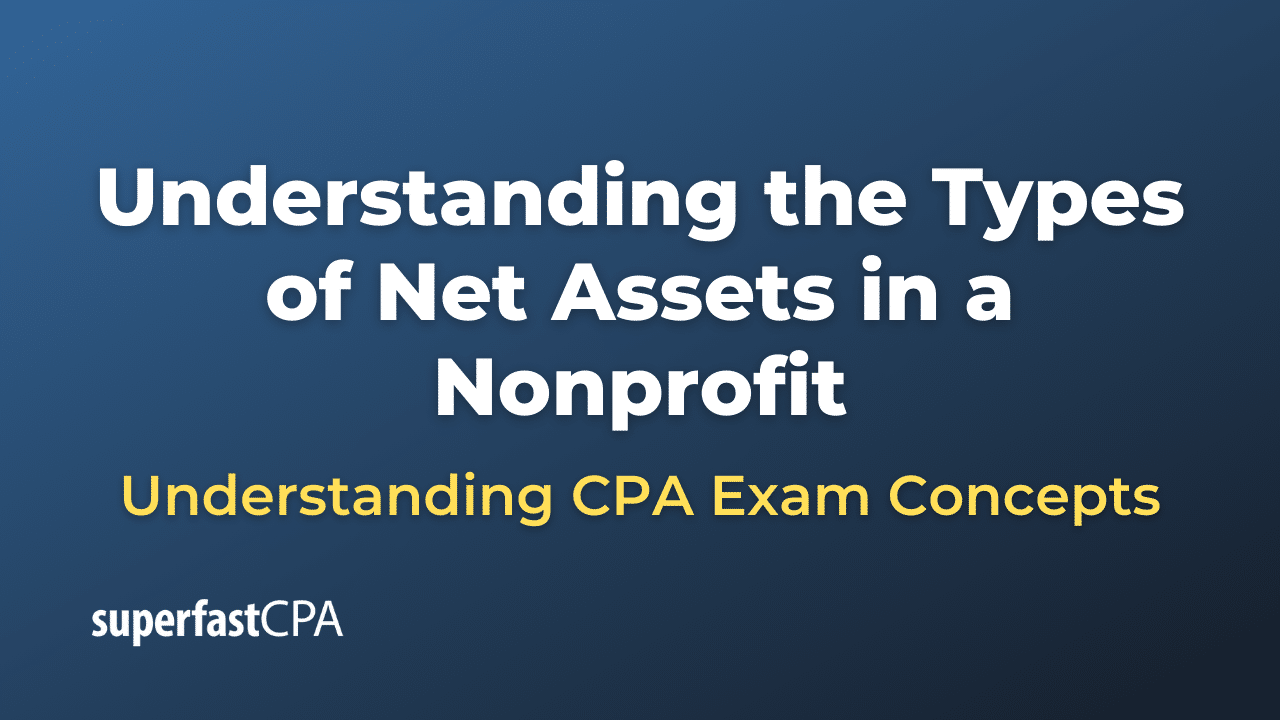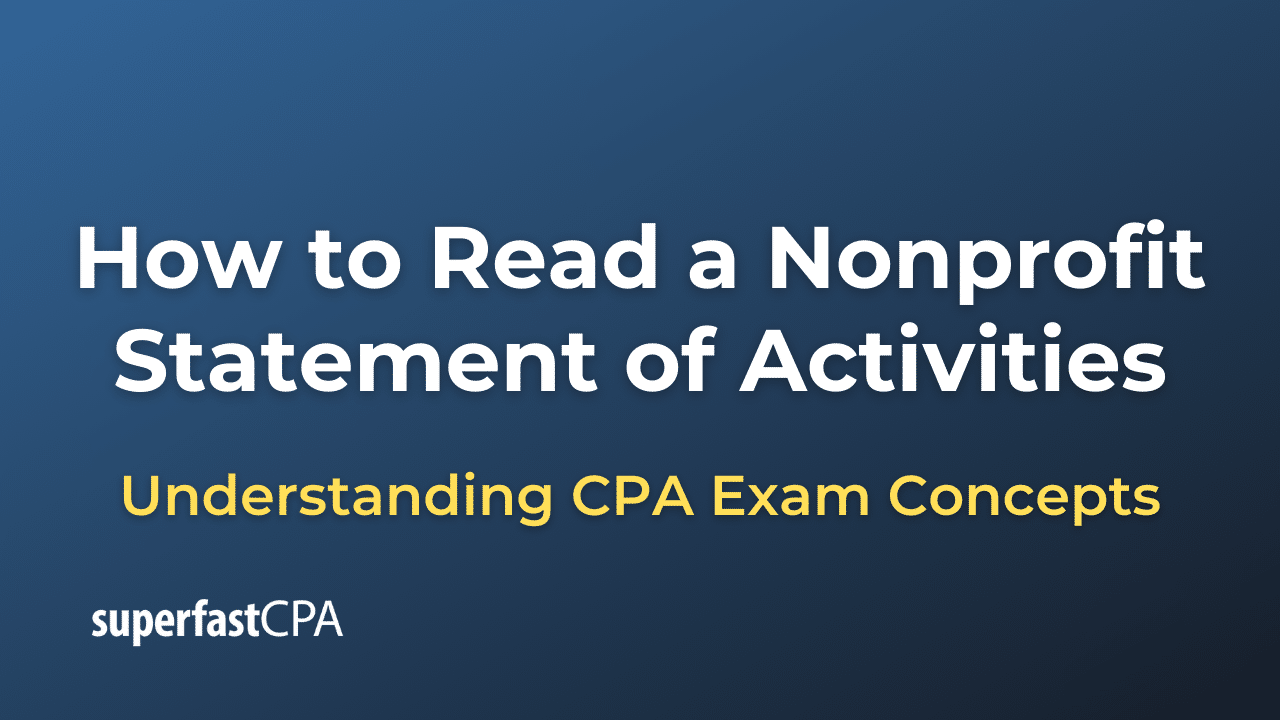Ending Finished Goods Inventory Budget
The ending finished goods inventory budget is a component of a company’s master budget that estimates the cost of finished goods inventory that will be on hand at the end of a particular period. It’s a valuable tool for businesses that manufacture goods because it helps them predict their production needs and costs.
The calculation for this budget involves several steps:
- First, the company needs to forecast the number of units it plans to sell in the upcoming period. This forecast is based on factors such as historical sales data, market trends, and economic indicators.
- Next, the company estimates the number of units it needs to have on hand at the end of the period to meet expected demand. This is the desired ending inventory.
- The company also considers the number of units in beginning inventory — the finished goods inventory available at the start of the period.
- Based on these figures, the company can calculate the total number of units it needs to produce during the period. This is done by adding the number of units expected to be sold and the desired ending inventory, then subtracting the beginning inventory.
- Finally, the company multiplies the total number of units it needs to produce by the estimated cost per unit to calculate the total production cost. This includes both direct costs (like labor and materials) and allocated overhead costs.
The ending finished goods inventory budget is an essential part of effective financial planning and control, helping companies align their production processes with sales goals and financial targets. It also helps in maintaining a balance between excessive and inadequate inventory levels.
Example of the Ending Finished Goods Inventory Budget
Let’s go through an example to illustrate how an ending finished goods inventory budget is prepared:
Let’s say XYZ Manufacturing makes wooden furniture and is preparing its budget for the upcoming quarter.
- XYZ estimates that it will sell 1,000 units of furniture in the upcoming quarter.
- It wants to have an ending inventory of 200 units on hand at the end of the quarter to be ready for the following quarter’s sales.
- At the beginning of the quarter, XYZ has 300 units in its beginning inventory.
- Therefore, to calculate the total units XYZ needs to produce during the quarter, we would add the units expected to be sold (1,000 units) and the desired ending inventory (200 units), and then subtract the beginning inventory (300 units). This gives us a total of 900 units to be produced (1,000 + 200 – 300 = 900).
- Now, let’s say the cost per unit to produce the furniture, including both direct costs (like labor and materials) and allocated overhead costs, is $150. We multiply the number of units to be produced (900 units) by the cost per unit ($150) to get a total production cost of $135,000 (900 * 150 = $135,000).
The ending finished goods inventory value would be the desired ending inventory units (200 units) multiplied by the cost per unit ($150), which equals $30,000 (200 * 150 = $30,000).
So, in this example, XYZ Manufacturing would budget for an ending finished goods inventory of $30,000 for the upcoming quarter.














